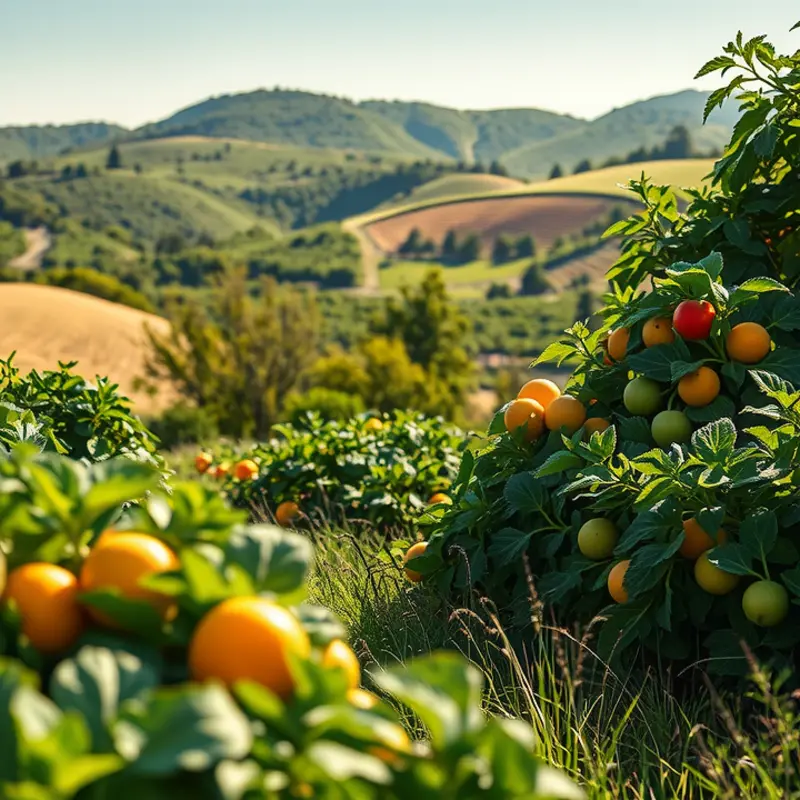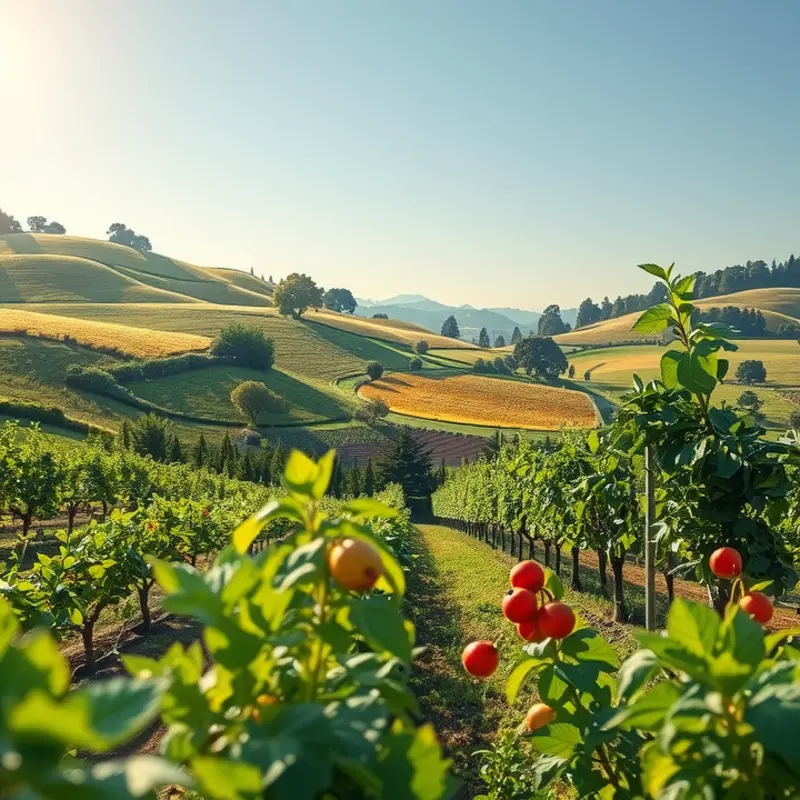Death is a universal experience, often marked by tradition and ritual. Across the globe, culinary practices surrounding death create a unique intersection of memory, grief, and celebration. From elaborate feasts to humble repasts, the food prepared during these moments reflects cultural values, familial ties, and personal beliefs. This exploration into culinary rituals invites food enthusiasts and the culturally curious to appreciate how different societies engage with the profound themes of life and loss through their cuisine.
The Role of Food in Mourning Rituals

Food, as an integral component of human culture, plays a significant role in mourning rituals across the world. These culinary traditions serve as a bridge between the living and the deceased, fostering connection and providing solace.
In Mexico, the vibrant celebration of Día de los Muertos exemplifies this connection through intricate altars. Families craft ofrendas, featuring a mixture of favorite food items of the departed, such as tamales, pan de muerto, and sugar skulls. These offerings are laden with symbolism, representing the cycle of life and death and emphasizing a joyous remembrance rather than sorrow.
A continent away, Jewish mourning customs, specifically the practice of sitting shiva, focus on comforting the bereaved. During shiva, it is customary to serve foods like bagels, kugel, and blintzes. These dishes not only comfort through their warmth and familiarity but also allow the mourners to focus on grieving without the burden of daily meal preparations. Eating becomes a communal activity, promoting support and healing among the attendees.
In South Asia, culinary traditions during mourning vary significantly across regions and religions, yet the core theme of honoring the deceased through food remains. Specific dishes such as khichdi in Hindu customs, or certain sweetmeats in Islamic traditions, are often prepared. These dishes are imbued with cultural and spiritual significance, reflecting dietary practices that symbolize purity or celebration of the deceased’s life.
These practices underscore the universal acknowledgement of food as more than sustenance. It becomes a medium for remembrance, a communal activity that nurtures both body and soul. The familiar tastes and shared meals help to sustain the living through difficult times. Meals prepared during such gatherings often emphasize simplicity, sometimes limited to ingredients considered pure or sacred. This focus on simplicity respects the solemnity of the occasion, while still embodying the cultural essence of communal sharing.
By understanding these rituals, the intricate symbolism can be appreciated. Simple ingredients transform into powerful symbols—sugar in skulls for sweetness in remembrance, unleavened bread in Jewish customs for humility, or softened rice spices for those seeking the simplicity of sustenance.
Such rituals also highlight the intersection of food practices with cultural and emotional landscapes. They’re a reflection of how societies perceive life, death, and the continuous relationship between the two. To delve deeper into how food intersects with cultural traditions and mindsets, you might explore related topics such as managing emotional appetite through mindful eating, which can provide further insight into the role food plays in our emotional and spiritual lives.
Thus, mourning rituals around the world showcase the profound role of food beyond nourishment, serving instead as a tribute to life, a source of connection, and a comfort to those who remain.
Celebration of Life through Food

Food plays a crucial role in mourning rituals, serving not only as nourishment but also as a medium for honoring the deceased and celebrating life. After Hindu cremation ceremonies, the mourning family gathers for a feast where they serve traditional spiced rice and meat dishes. This meal signifies the belief in samsara, the cycle of life, death, and rebirth, embodying the hope of reincarnation and continuity of life. Such communal feasting transforms grief into a celebration of life, offering solace through the warmth of shared experiences.
In many African cultures, the end of a funeral is marked by a gathering where the deceased’s favorite foods are meticulously prepared and served. This ritual not only honors the individual’s life but also reinforces community bonds by celebrating together. The act of sharing these dishes becomes a poignant reminder of the person’s life, offering an intimate moment to recall cherished memories. It highlights the resilience of those left behind, providing them comfort and strength as they embark on life without their loved one.
Across the globe, these feasting practices after funerals symbolically balance the sorrow and joy found in transitions. In some cultures, the preparation and consumption of food not only serve as a farewell to the departed but also as a reaffirmation of the community’s future. This duality of mourning and celebration can be traced to the recognition of life’s continuity, even in the face of death.
Explore how food, beyond its physical nourishment, serves as a tool for emotional healing in the context of mourning by visiting this conscious snacking techniques guide. By understanding the psychological and cultural dimensions of food, we gain insight into how different societies navigate grief and celebrate life.
From Mexico’s Día de los Muertos festival, where food altars are created to invite the spirits of the deceased to partake in earthly pleasures, to the varied potluck-style receptions following Western funerals, these practices reflect a universal need: addressing grief with communal compassion. Through food, cultures around the world articulate an eternal truth—that although individual lives may end, the cycle continues, and within these shared meals lies the affirmation of life itself.
Final words
Culinary rituals around death offer us a profound understanding of how food functions as a bridge between the worlds of the living and the departed. As we engage with these traditions, we recognize the deep-seated connections we share across cultures through our culinary practices. Whether it’s through communal meals, offerings, or comfort foods, the act of preparing and sharing food becomes a universal language of remembrance and honor. For the culturally curious, exploring these rituals not only enriches our culinary knowledge but deepens our appreciation for the diverse ways societies navigate the themes of life and loss.








